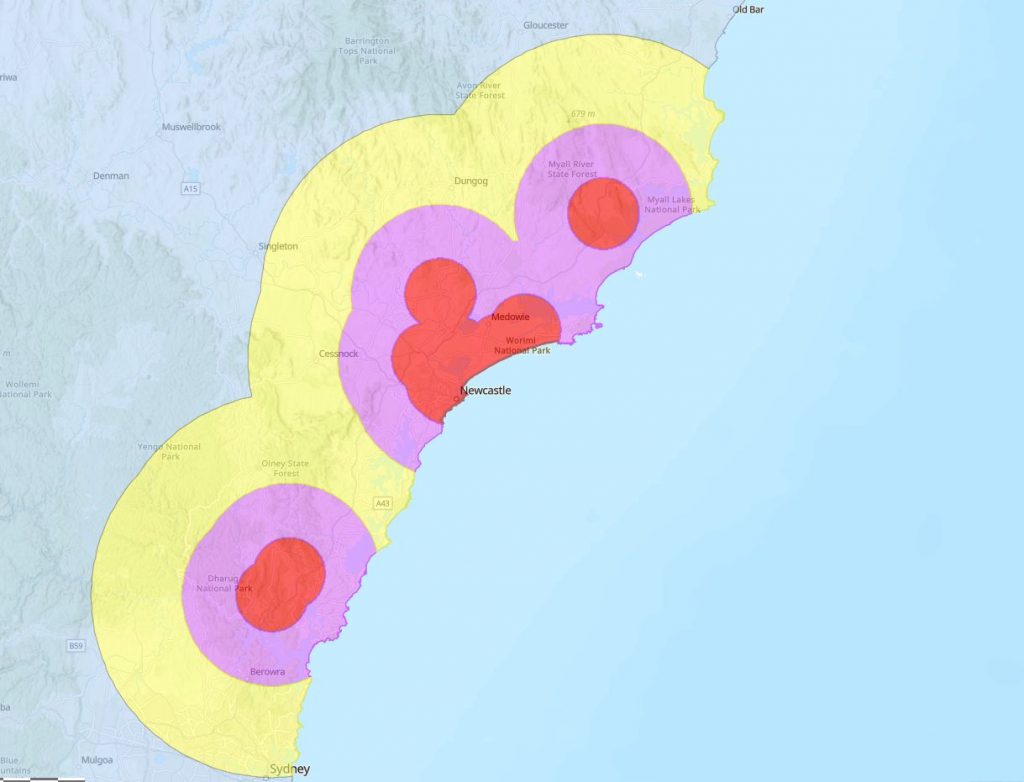
The varroa mite eradication zone has been extended again in the Hunter after more properties were found to have been infested over the weekend.
New infestations of the varroa mite have been found at Tanilba Bay, Salt Ash and Mayfield west with the eradication zone now extended to the Port Stephens peninsula.
NSW Department of Primary Industries (NSW DPI), Acting Chief Plant Protection Officer, Dr Chris Anderson said the emergency order now puts Port Stephens into the 10km eradication red zone where hives will be euthanised.
“NSW DPI Biosecurity experts continue to act to protect the NSW Bee Industry in conjunction with the apiary industry, Local Land Services, NSW Police, Rural Fire Service and the wider community as part of the mammoth effort to arrest the spread of the threat.”
Dr Anderson said the NSW DPI continues to ask all people who have acquired honeybees (including queen bees, nucleus hives and hives with honeybees) from within the 50km emergency notification zone of the Port of Newcastle in the last 12-months to report them to help ensure business continuity for the honeybee industry.
“Community reporting will importantly help us facilitate and free up the movement of honeybees in the rest of NSW, especially around almond pollination,” Dr Anderson said.
“The varroa mite response plan has also been updated so that while it remains necessary to euthanise honeybee colonies in the eradication zones and destroy internal hive equipment such as brood and honey frames, other equipment will only be destroyed when a risk assessment deems it necessary, with options to decontaminate external equipment such as hive boxes, pallets and straps as well as metal ware, so they can be retained by beekeepers.”
In addition, eradication and destruction plans continue to be assessed and evolve, to determine the best way to eradicate the mite.
Unfortunately, it is necessary to euthanise honeybee colonies in the eradication zones and destroy internal hive equipment such as brood and honey frames.
“Beekeepers are reminded of the group permit that allows flood-affected honeybees and hives in current flood watch areas to be moved to a higher location on premises, or if that’s not possible, within the same emergency zone.”
“After the hives have been moved as per this Permit, they cannot be moved back to the original location. Notification of any change in location must be notified by the Beekeeper Notification – Varroa mite online form at www.dpi.nsw.gov.au/varroa,” Dr Anderson said.
If you are not in a flood watch affected area you must not move honeybees or hives; significant penalties may apply under the Biosecurity Act 2015 if you do.
More information is available from NSW DPI: www.dpi.nsw.gov.au/varroa

